Just over two years ago I contacted Trust for Nature about a place that is very special to me…

1/1600, f/6.3, ISO 2000
Canon R5, Canon RF 600 f/4 L IS USM
it’s the place where I’ve taken thousands of photographs, of hundreds of species of birds, mammals, insects, spiders, amphibians, reptiles, plants, marsupials and even monotremes – including the exquisite Silvereye above. I love the way this little beauty is perched at the end of a curved branch, and is past the point of no return as it is about to flutter away. The light and the pose highlight its beautiful colours and feather details.
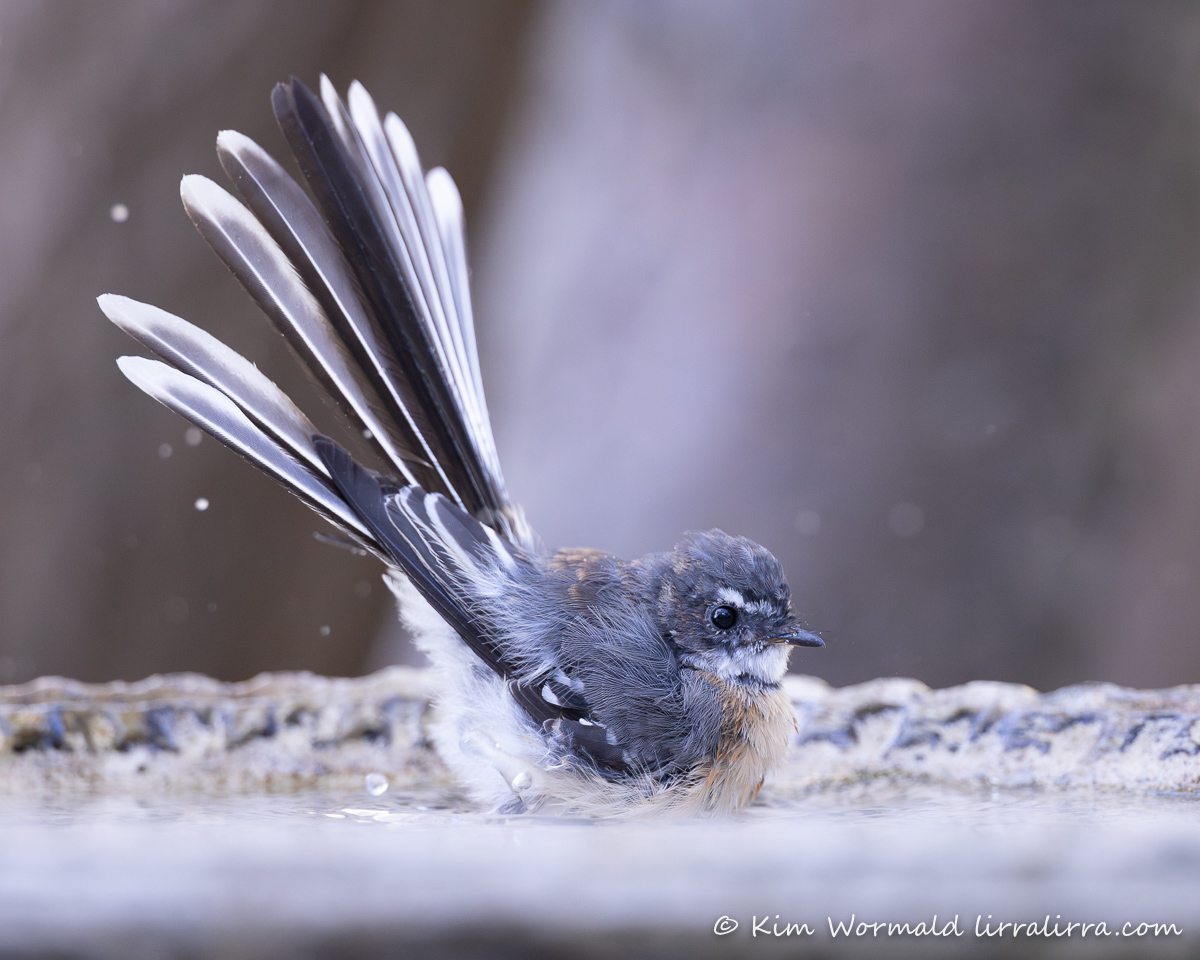
1/500, f/4, ISO 1600
Canon R5, Canon RF 600 f/4 L IS USM
It’s the place that I’m blissfully lucky to share with so many species, and the place where (if I’m lucky) I can capture sweet shots like the juvenile Grey Fantail above as it bathes in a shallow birdbath.
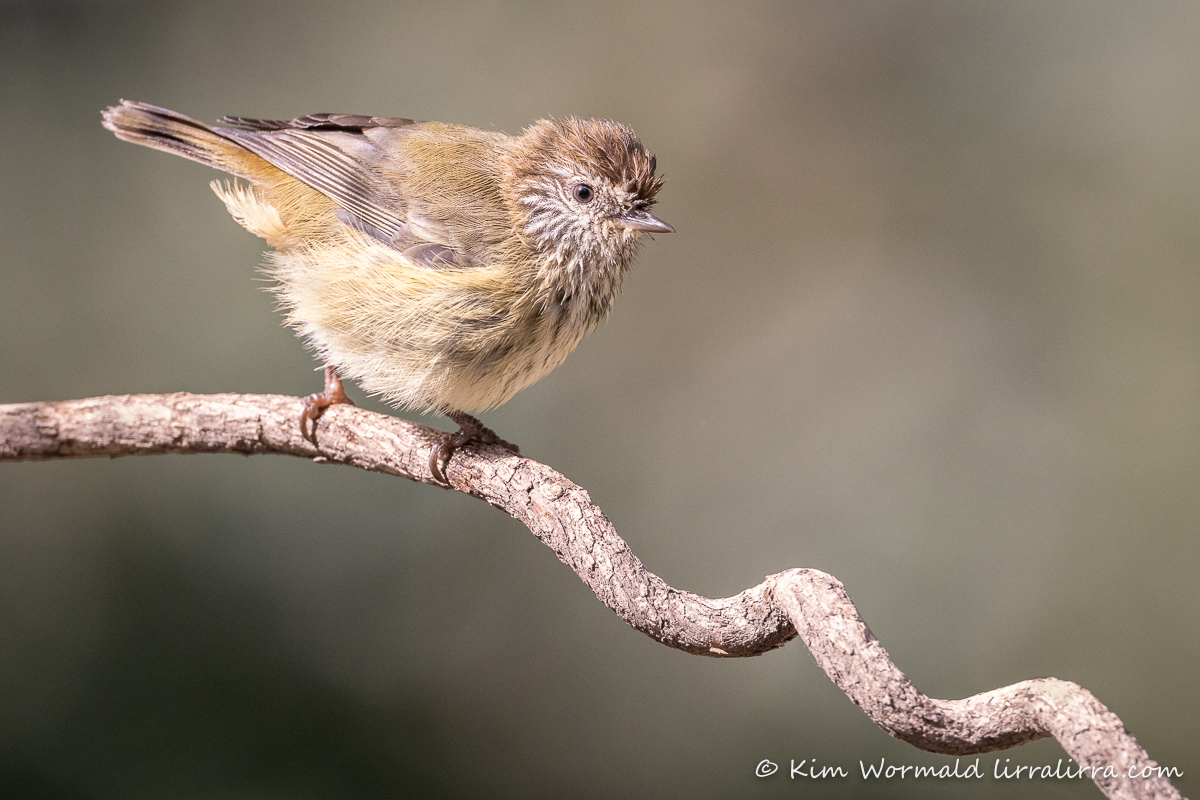
Oh and these tiny, minuscule, little lovelies are among my favourites. I find it hard to believe there was a time when I found it difficult to identify the thornbill species. This Striated Thornbill is totally gorgeous with its snowflake-like cheek feathers, stripy head and beautiful warm colouring. And I love the perch too! I call this image ‘The long and winding road’.
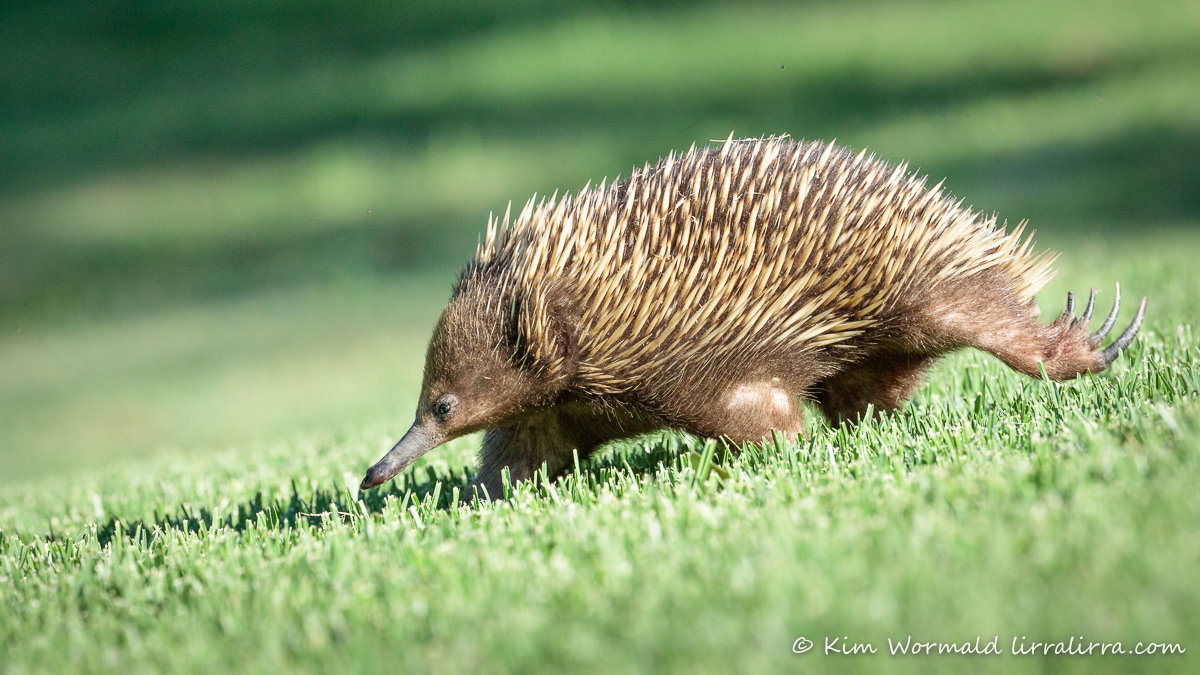
It’s always fun to see the echidnas scurrying around. There was a youngster here recently which makes me hope they are laying their eggs here or somewhere nearby.
Until recently I had a nagging worry that one day, hopefully a long time away, this property might be sold and that whoever bought it might choose to clear the remnant bushland that is so precious to me and to the other creatures that call it home.
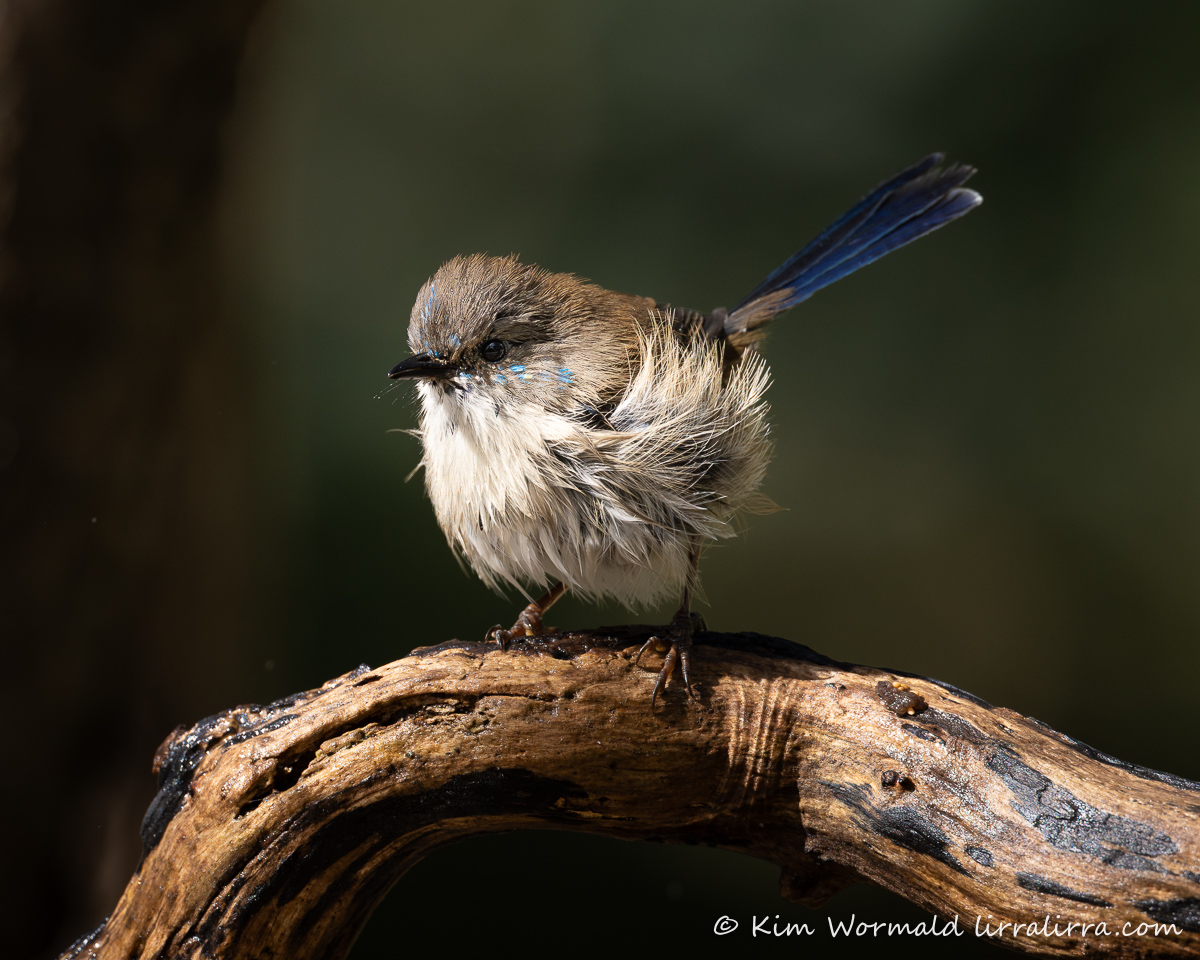
This male Superb Fairywren is in the final stages of moulting into his non-breeding, eclipse, plumage. Two fairywren families call this place home, venturing along the creek and into neighbours’ gardens. They need dense undergrowth for shelter and nesting, especially as their nests are close to the ground which makes them vulnerable to predation by wandering foxes and cats.
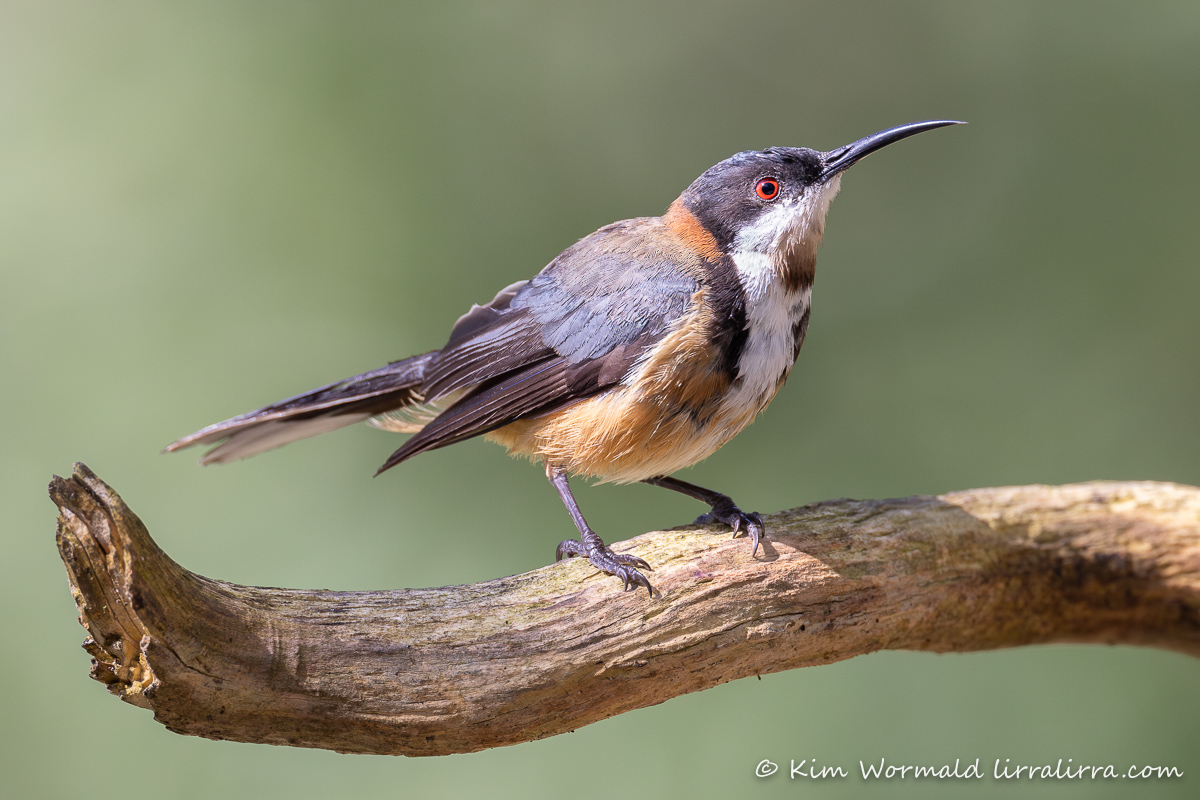
Many honeyeater species visit the garden. Eastern Spinebills are daily visitors to the correa that are directly outside my window. I always pause to watch them take nectar from the long tubular flowers, though I kind of wish I hadn’t been looking the day a Brown Goshawk or Collared Sparrowhawk swooped down and snatched one as it fed. I haven’t over-planted nectar-bearing plants as I don’t want to encourage Noisy Miners. Despite being natives they are a very aggressive species that drive away, and even kill, other honeyeaters and small bush birds.
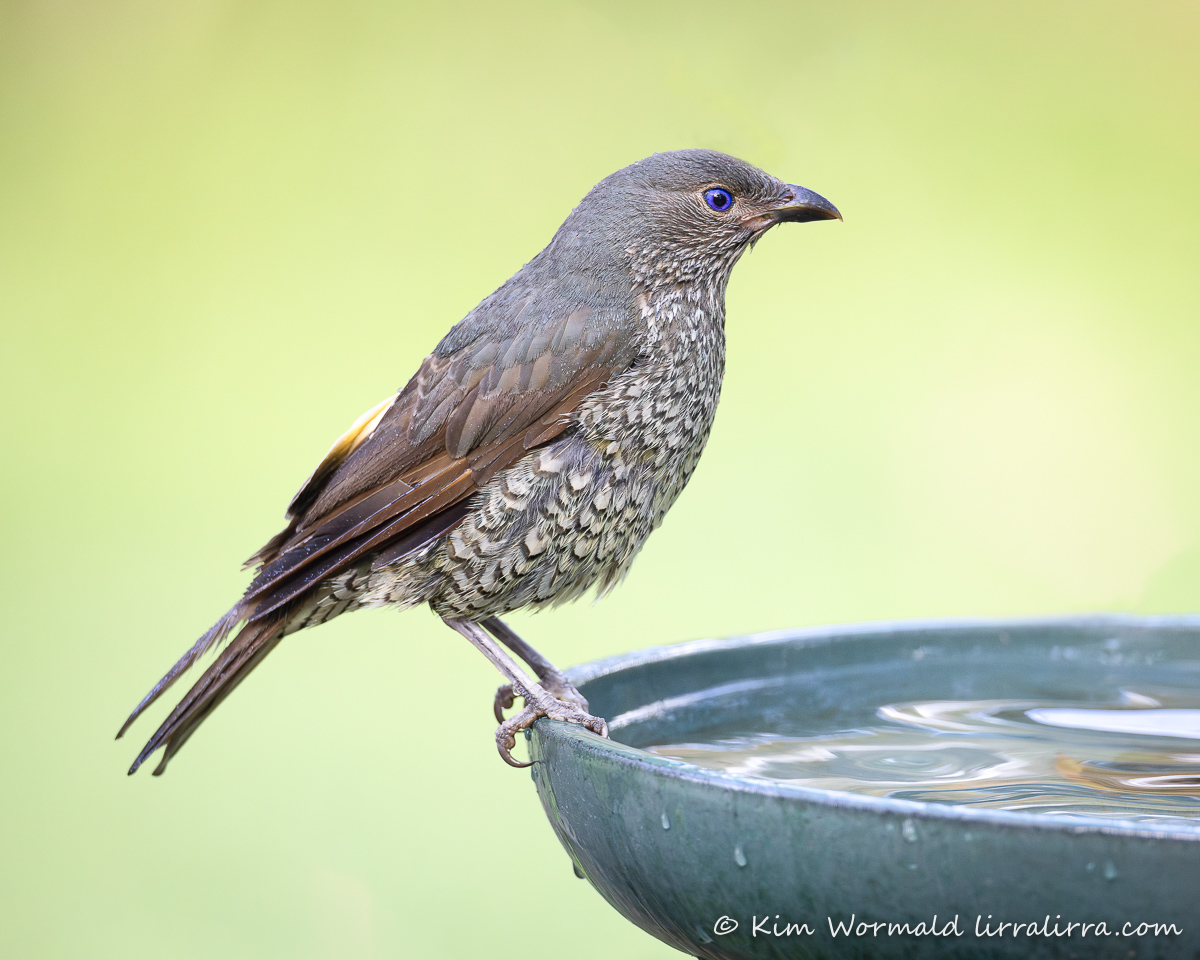
I don’t often see the Satin Bowerbirds here but their visits are slowly becoming more frequent. I’m hoping that one day I’ll find a bower.
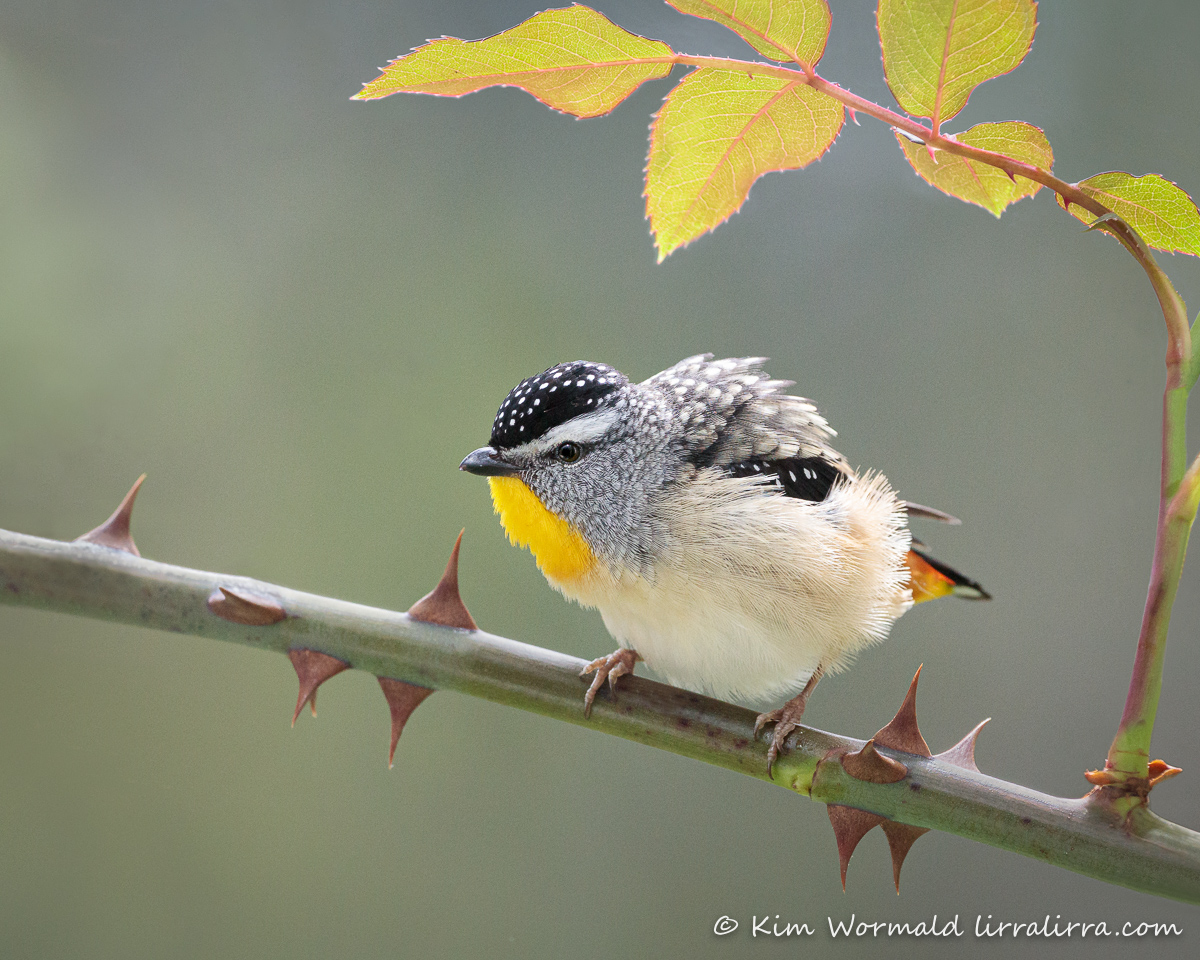
Spotted and Striated Pardalotes nest here, and I hope they will always be able to. Which brings me back to the Trust for Nature, whose purpose is to place legal covenants on properties with significant ecosystems to ensure that the habitat is protected, preserved and enhanced. I wasn’t overly hopeful when I initially contacted them as I knew in the past they had a five hectare minimum stipulation, and my place is only four acres. But I had a dream, for thirty years, and we never know unless we try. One of their field officers said he’d visit. That was an awesome start! Andrew visited twice, wandering through the ferny bushland saying things like this is ‘remarkable’ and ‘extraordinary’. Then came a long wait, there were many long waits. I had to wait for the proposal to be taken to the board and was beyond thrilled when it was accepted. Then the paperwork was drafted, and redrafted, and lines were drawn, and redrawn. And finally everything was signed, including by the state Minister for Environment. I was ridiculously excited when Rachel delivered the signs, and am super happy to drive in and see them – oh I took a photograph with my phone which I’ll share if it’s clear enough. The Land for Wildlife sign has been here for the full thirty years, which explains the rust. I organised LfW status before I started building our home in the middle of the paddock but although that program recognises places that are being managed for the benefit of wildlife, it doesn’t alter the legal status of the property.
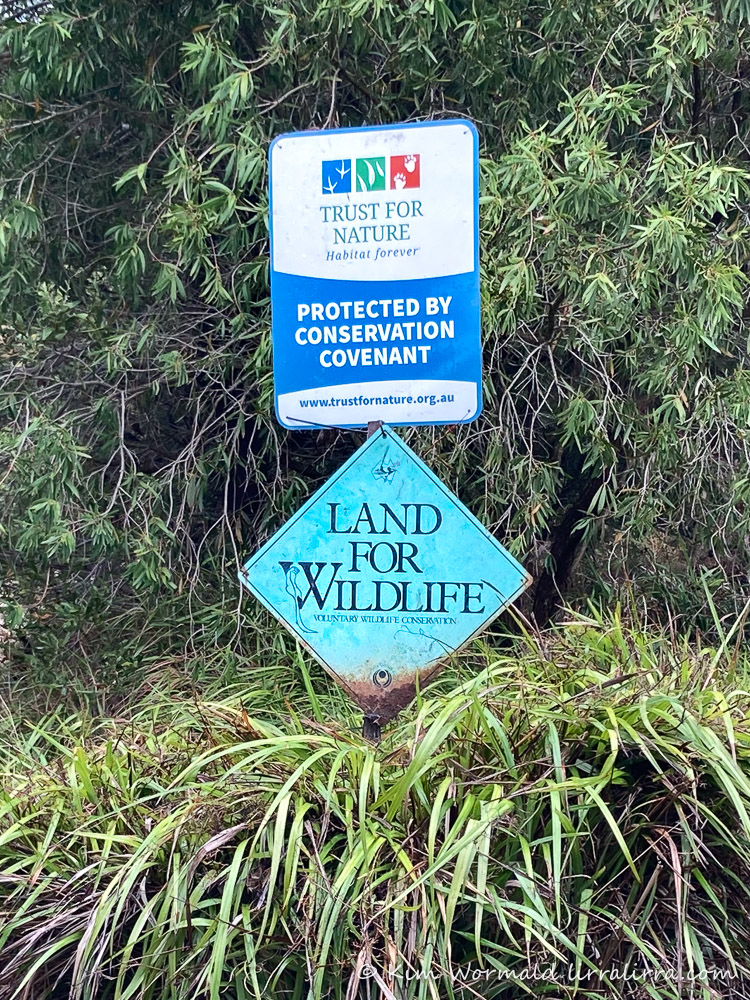
The story of how I came to build on this property is also pretty remarkable. Once again, I had a dream. I visited the block when a large horse agistment property was being sub-divided. It was way out of our price range but when I first saw it, first walked through the paddock and down to the creek, when I first heard the birds calling, I had an overwhelming feeling that I belonged here. Imagine my shock when I called the estate agent a few days later and he told me it had sold. I couldn’t believe it as the feeling had been so crazily strong. A few months later I called back to see if the other creekside block, with no bushland, was still available – it wasn’t. He tried to convince me to look at a block away from the creek but I told him that it was lot ten I liked best because of the remnant bushland. I left my number with him, which I didn’t usually do. A few days later he called me to say that lot ten was going back on the market as the purchasers had been unable to sell their house – apparently they had planned to clear the block. To make it all even more magical the asking price was now well below what I’d ever have thought to offer.
I want to thank my lirralirra family for reading my posts and enjoying my photographs from a beautiful place that others have deemed swampy and only worth clearing; I feel like I’ve had the support of many kindred spirits on this journey.
I was hoping to load a video that TFN took here but I can’t make it work, but if you’d like to read more about Karrawah just click on the link and you’ll find the story nestled in a very interesting bulletin, and maybe you’ll recognise the photograph on the front cover: Trust for Nature Bulletin – Karrawah – Kim Wormald
Happy birding and may your dreams come true, Kim
~ Prints and gifts Lirralirra Shop
~ Facebook page Kim Wormald – lirralirra
~ Facebook group Ethical Bird Photography
